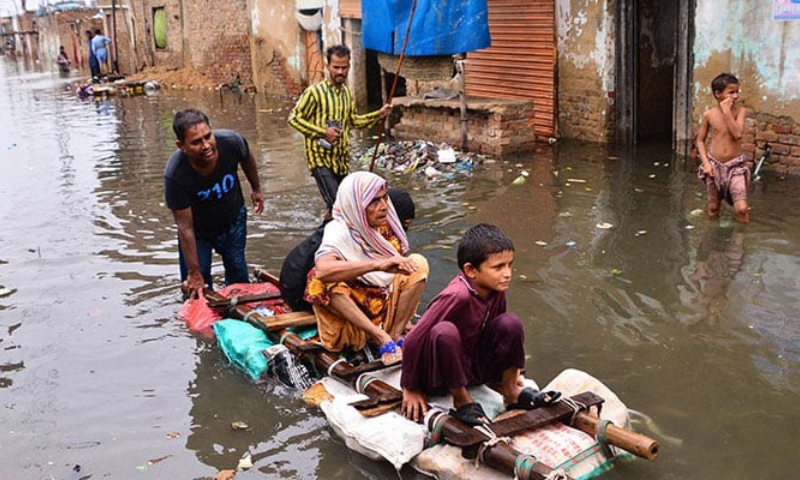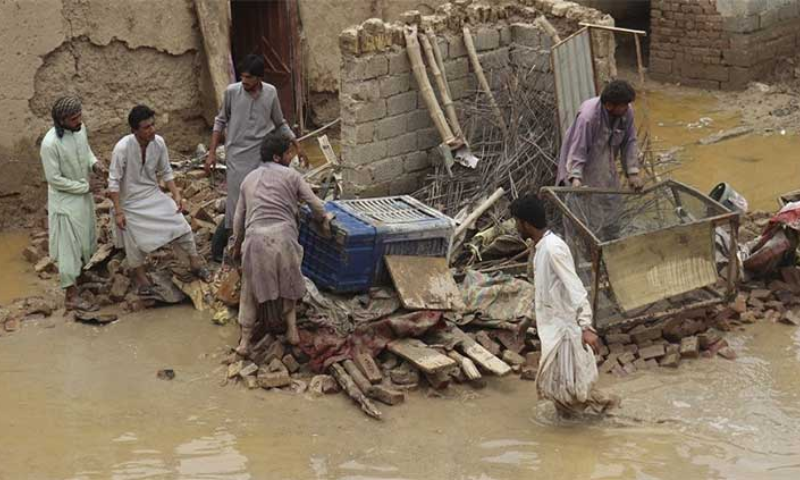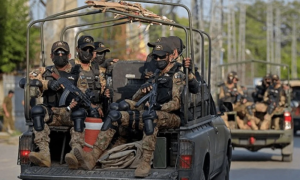ISLAMABAD: At least eight people were killed and dozens of others sustained injuries in separate incidents as heavy rains and devastating flooding wreaked havoc across Pakistan, local authorities said.
The heavy rains have battered several regions, including Rajanpur, Dera Ghazi Khan, Toba Achakzai, Qilla Abdullah, Ziarat, Pishin, Chaman, Jacobabad, Sukkur, and Khairpur. Flash floods triggered by heavy rainfall have caused extensive damage, including the destruction of houses, crops, roads, and bridges.
In Balochistan, at least ten persons have been injured due to rain-induced incidents. In Chaman, flash floods were particularly severe, washing away a railway track and damaging another in Noshki. This disruption has cut the rail link between Pakistan and Iran, impacting transportation and trade in the region.
The city of Sukkur was plunged into darkness after receiving 180 millimeters of rain overnight, severely affecting daily life. The downpour turned many areas into virtual lakes, causing significant disruptions.
Faisalabad, which experienced 131 millimeters of rain, the heavy showers converted harsh, sizzling weather into a more pleasant atmosphere. However, the rain also led to waterlogging in low-lying areas, creating knee-deep ponds.
The Pakistan Meteorological Department (PMD) has issued updated weather advisories indicating a shift in the monsoon system. The weather system has moved from Karachi and lower Sindh towards central and upper Sindh, as well as Balochistan. The PMD’s latest alert suggests that while the likelihood of heavy rain in Karachi has diminished, the city may still experience light to moderate rainfall.
Sindh cities such as Jacobabad, Larkana, Dadu, Shikarpur, Ghotki, and Sukkur are expected to continue facing heavy rainfall, with the weather system expected to affect these areas until the morning of August 19. Although the intensity of the rainfall in Karachi has decreased, the PMD had previously forecast thundershowers for the city within the next 24 hours.
The widespread rain has caused substantial challenges, including the destruction of infrastructure and increased risk of further flooding.



























